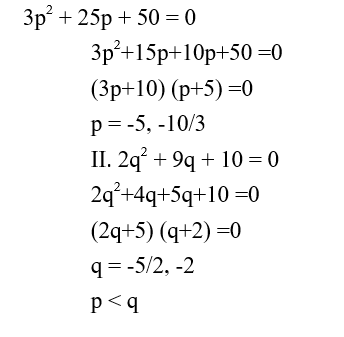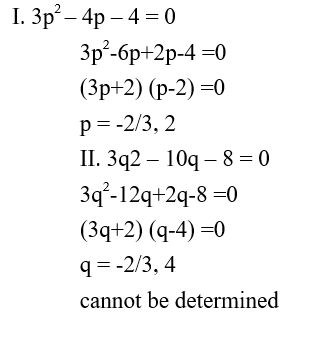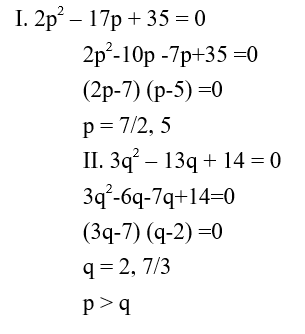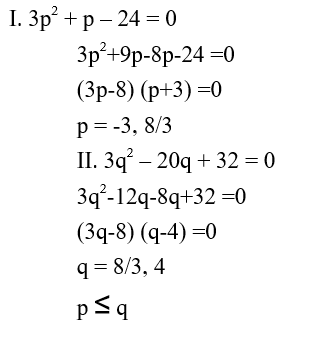Question 1:
The selling price of an article including the sales tax is Rs 855.6. The rate of sales tax is 20%. If the shopkeeper has made a profit of 15%, then find the cost price of the article
बिक्री कर सहित एक वस्तु की विक्रय मूल्य 855.6 रुपये है। बिक्री कर की दर 20% है। यदि दुकानदार ने 15% का लाभ कमाया है, तो वस्तु की क्रय मूल्य ज्ञात करें।
Question 2:
The fisherman bought a new motorboat which could travel in still water at 18 km/hr. He has to move to an island 2542 km away and come back. How much time will it take for the entire journey if the speed of the stream is 2.5 km/hr?
मछुआरे ने एक नई मोटरबोट खरीदी जो शांत जल में 18 किमी/घंटा से यात्रा कर सकती है। उसे 2542 किमी दूर एक द्वीप में जाना है और वापस आना है। यदि धारा की गति 2.5 किमी/घंटा है तो पूरी यात्रा के लिए कितना समय लगेगा?
Question 3:
A sum of money four times itself in 18 years 3 months. In how many years would it twice itself?
18 साल 3 महीने में एक राशि चार गुनी हो जाती है। कितनी सालों में यह दोगुनी होगी?
Question 4:
There are 3 articles, 4 magazines and 2 story books. They have to be arranged so that the articles are together, magazines are together and story books are together, but we no longer require that they should be in a specific order. In how many ways can this be done?
3 लेख, 4 पत्रिकाएं और 2 कहानी की किताबें हैं। उन्हें इसप्रकार से व्यवस्थित करना है ताकि लेख एक साथ हों, पत्रिकाएं एक साथ हों और कहानी की किताबें एक साथ हों, लेकिन अब हमें आवश्यकता नहीं है कि उन्हें एक विशिष्ट क्रम में होना चाहिए। यह कितने तरीकों से किया जा सकता है?
Question 5:
Direction : In the following questions, two equations numbered are given in variables p and q. You have to solve both the equations and find out the relationship between p and q. Then give answer accordingly-
निर्देश: निम्नलिखित प्रश्नों में, चर p और q में क्रमांकित दो समीकरण दिए गए हैं। आपको दोनों समीकरणों को हल करना है और p और q के बीच संबंध ज्ञात करना है। फिर तदनुसार उत्तर दीजिए-
(A) If p > q यदि p > q
(B) If p < q यदि p < q
(C) If p ≥ q यदि p ≥ q
(D) If p ≤ q यदि p ≤ q
(E) If p = q or relation cannot be established यदि p = q या संबंध स्थापित नहीं किया जा सकता है
I. 3p2 + 25p + 50 = 0
II. 2q2 + 9q + 10 = 0
Question 6: 
Question 7: 
Question 8: 
Question 9: 
Question 10: 








